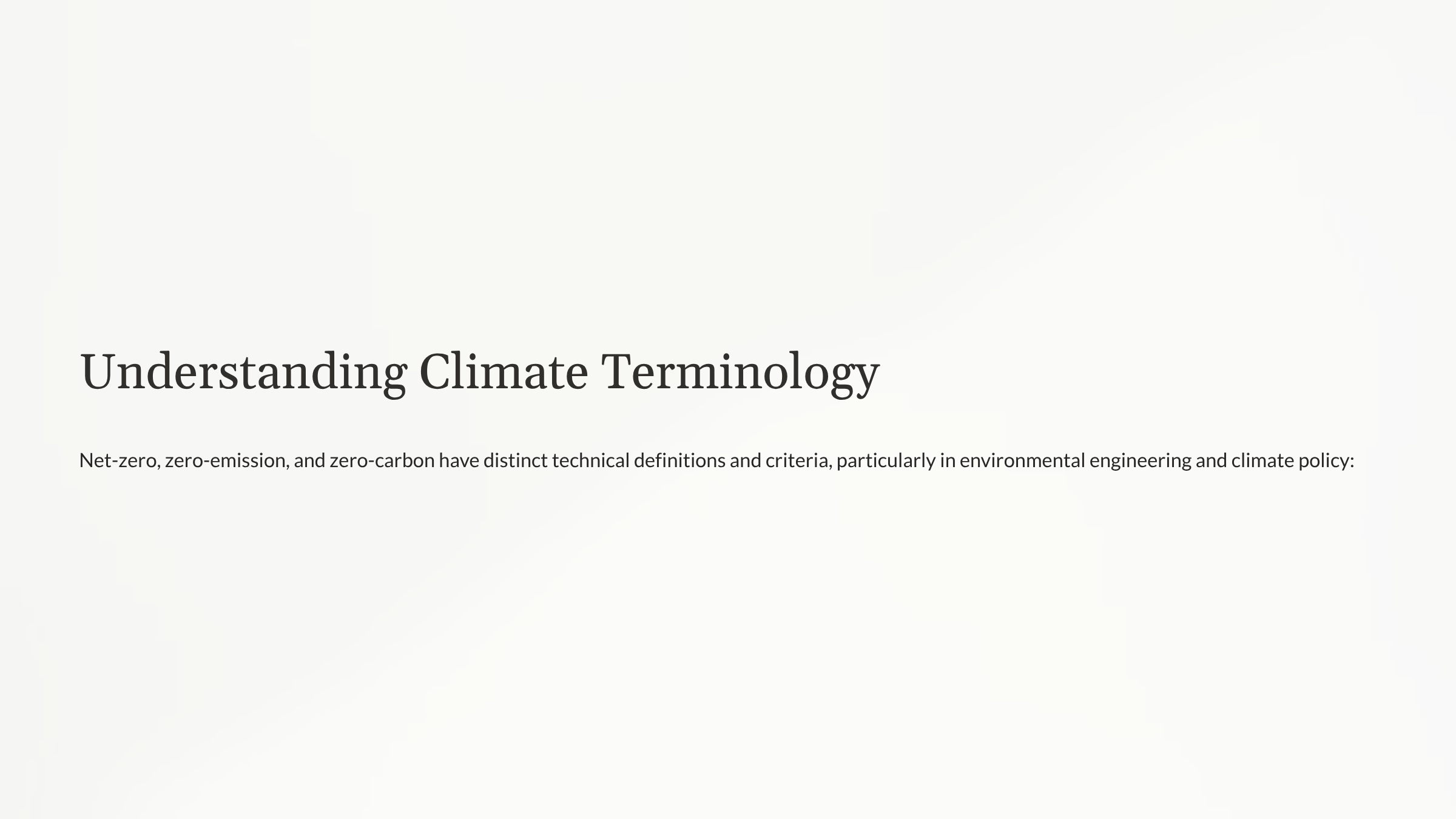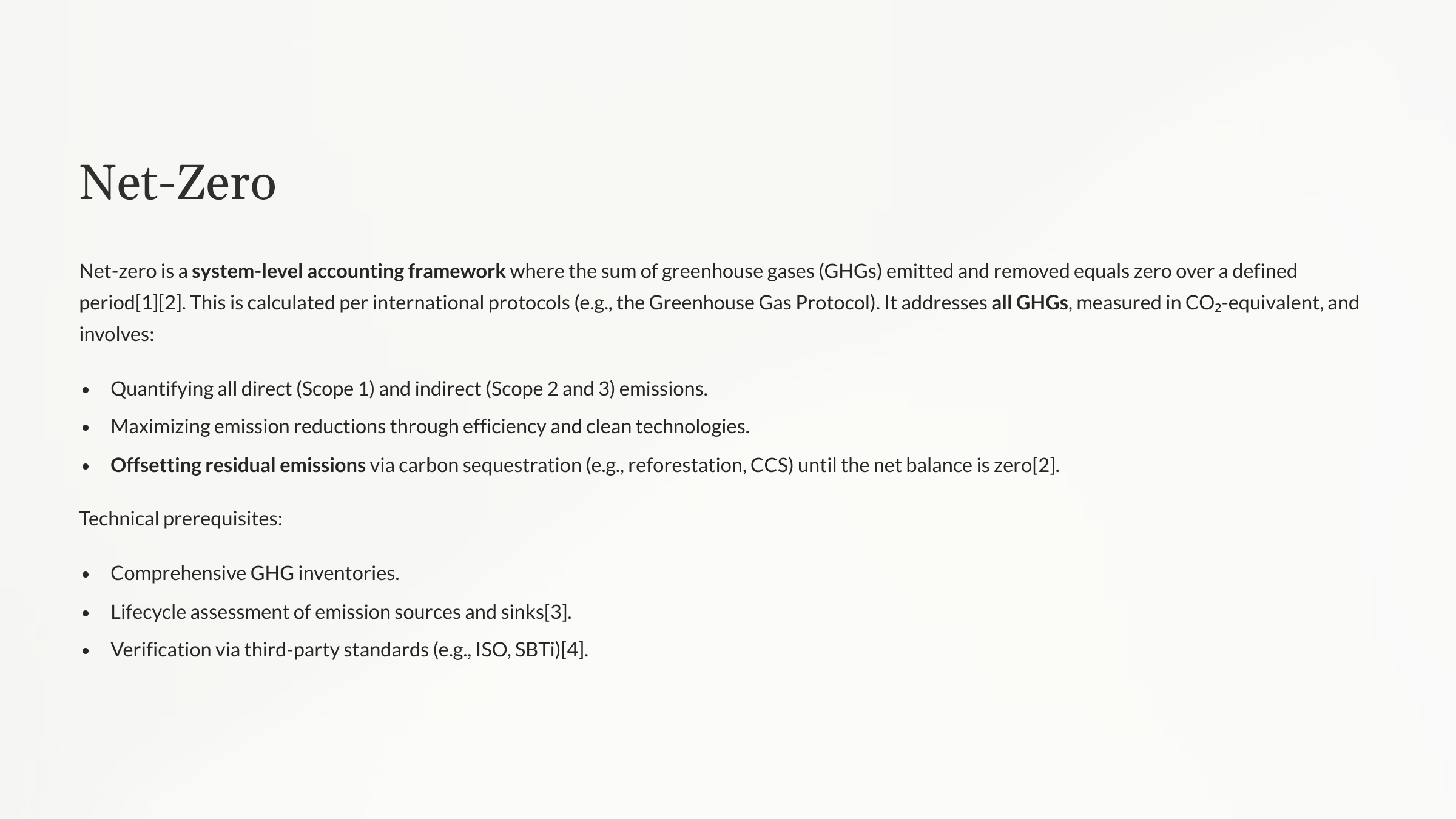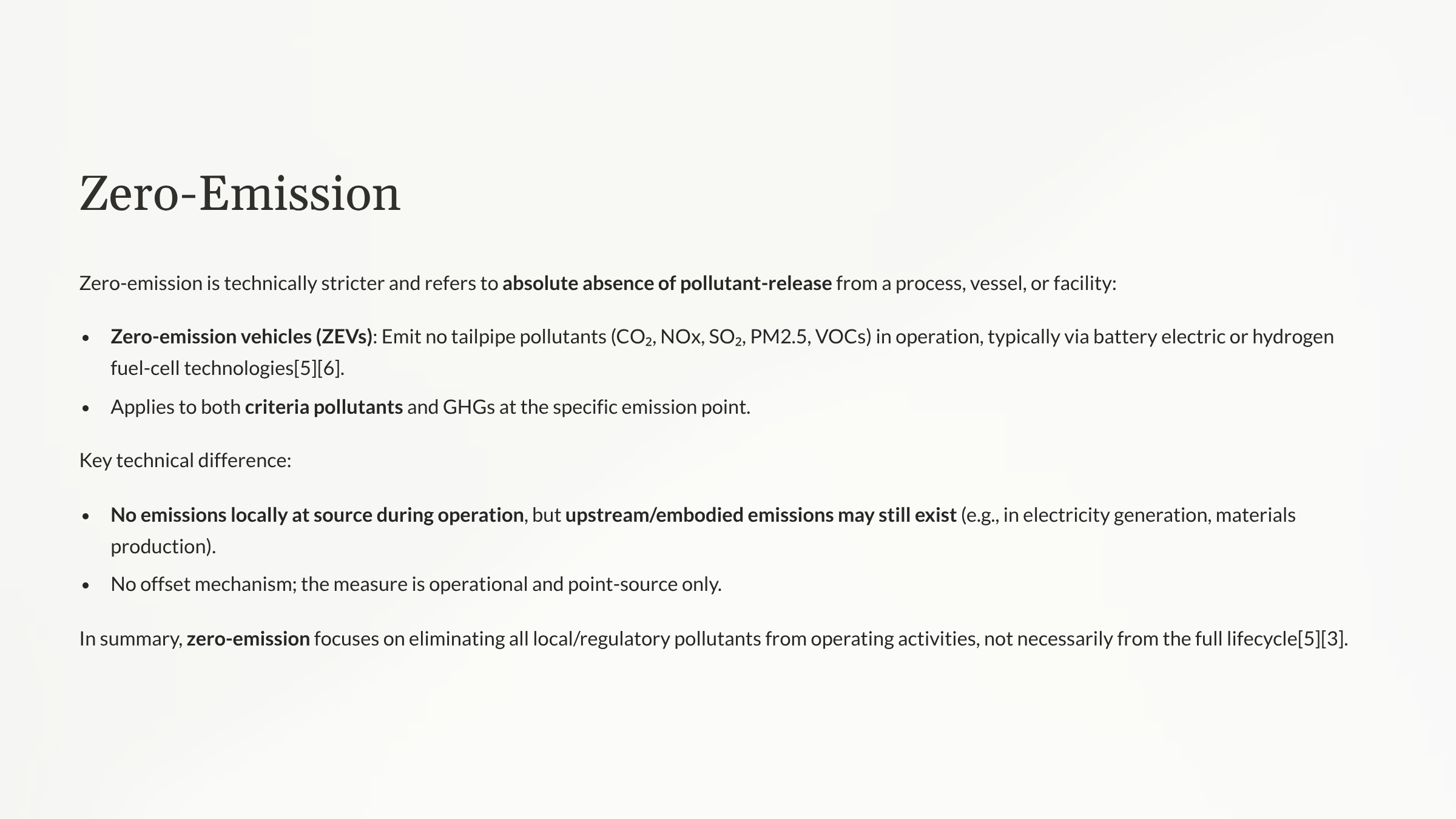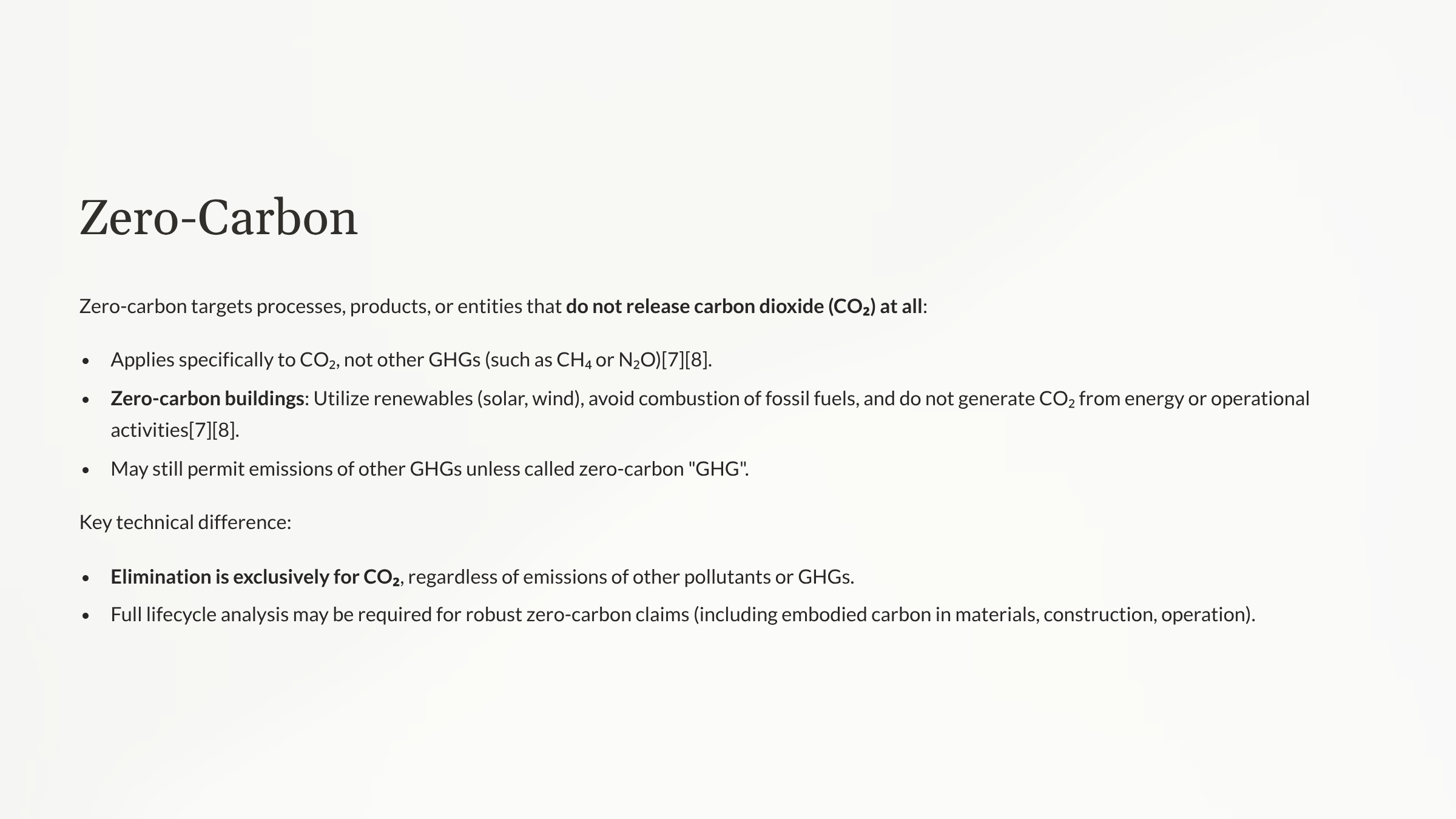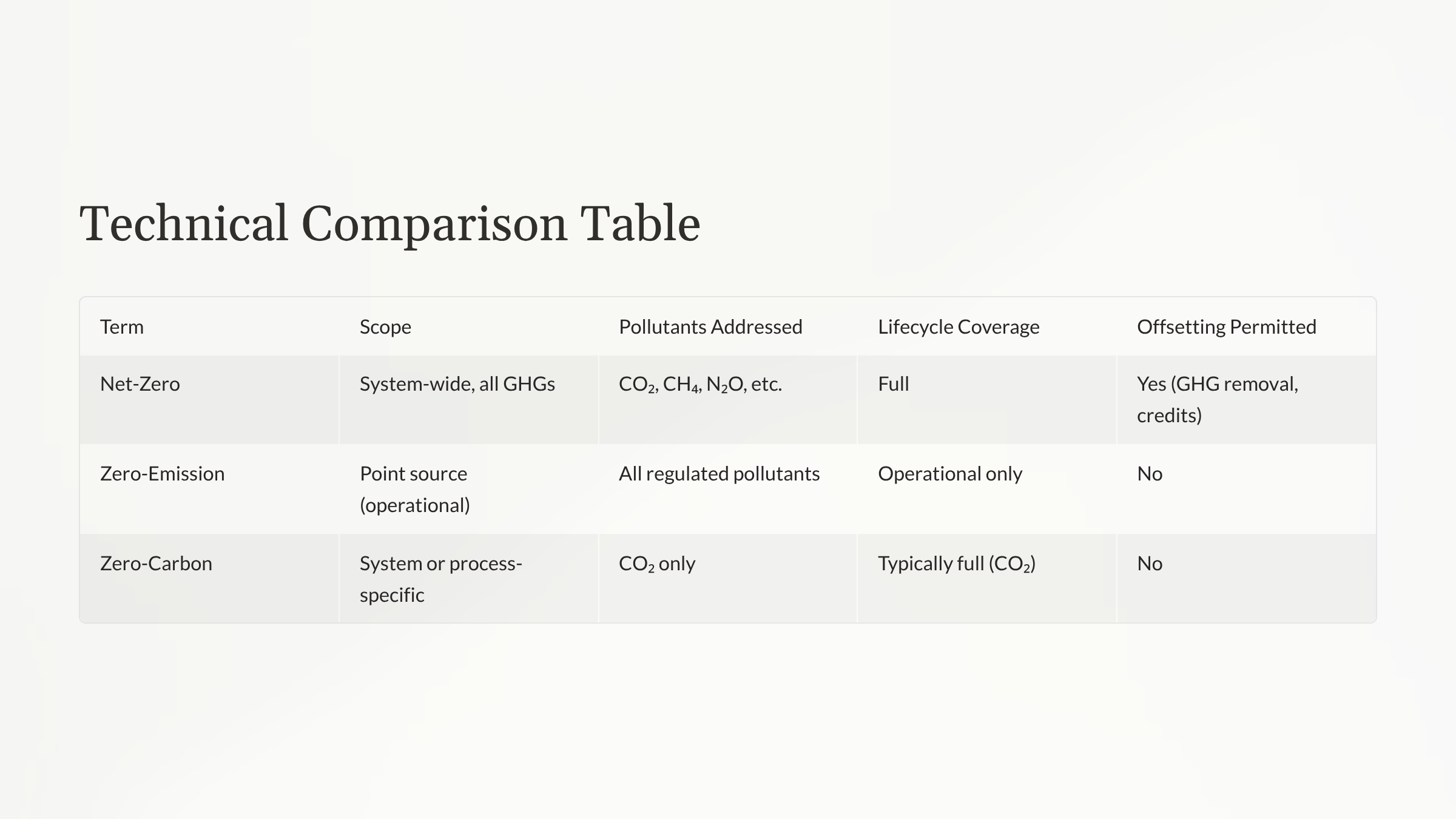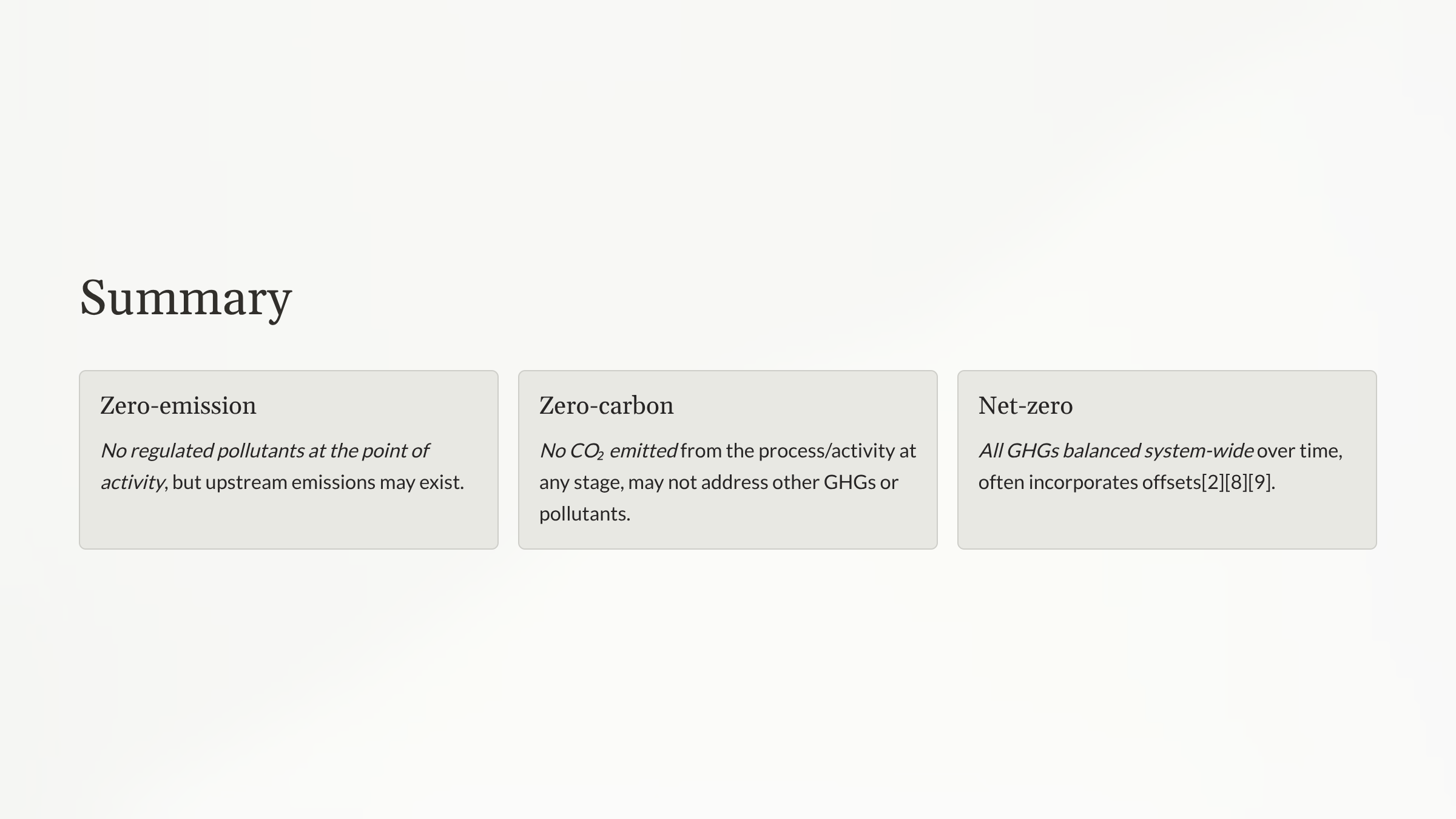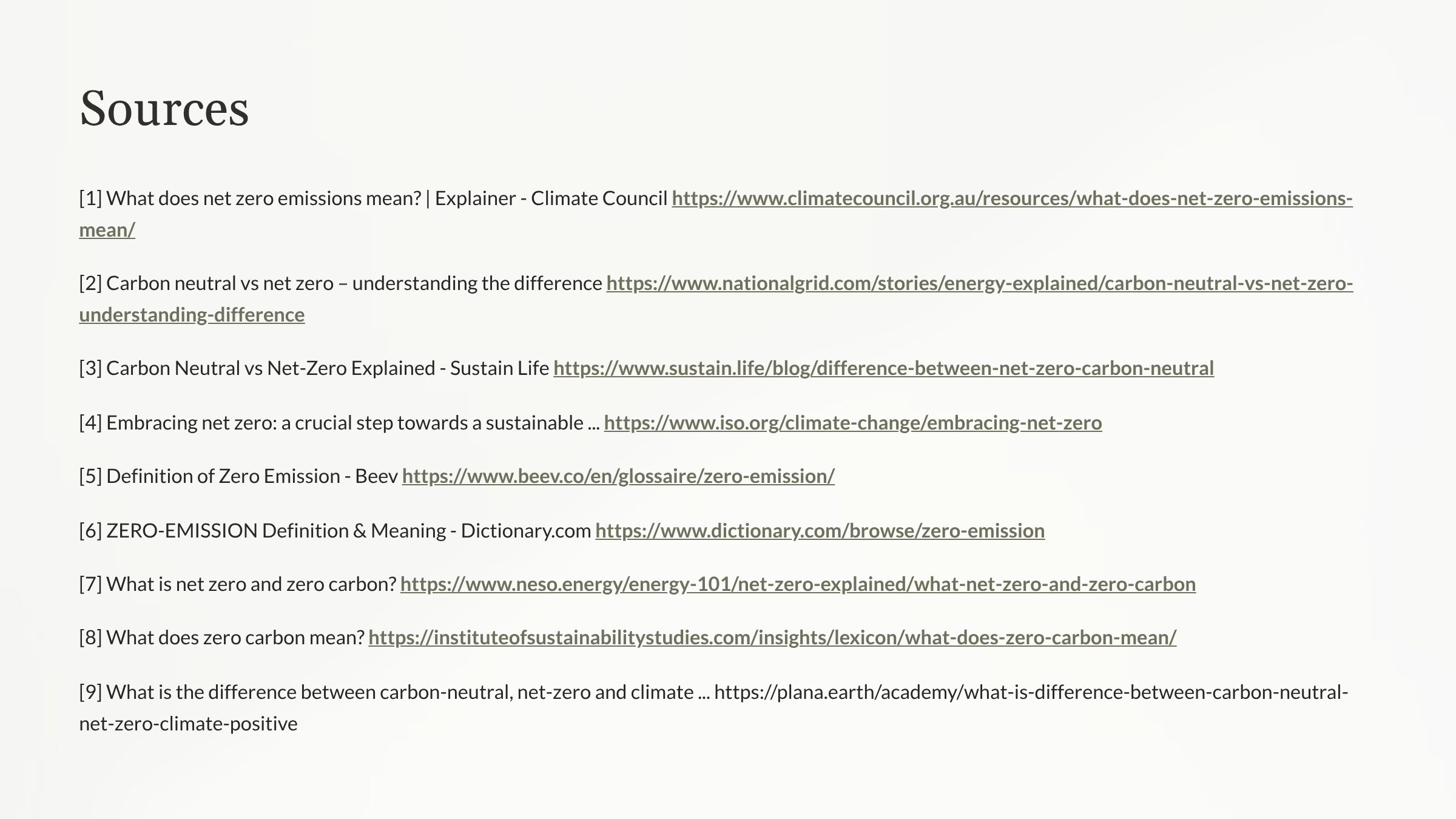
Zero-Carbon Infrastructure
Vancouver Has a Goal for Urban Infrastructure to Be Zero-Emission by 2030
RRB Partners Is Exceeding This Goal by Including Zero-Carbon Development Practices
What Is Zero-Carbon Infrastructure
Zero-Carbon Infrastructure Is Highly Energy Efficient and From Cradle to Grave Its Carbon Emission Footprint Equals Zero or Less
RRB commits to revolutionizing community landscapes that uphold Zero-Carbon standards and sustainable development. Utilizing advanced construction techniques and energy-efficient systems, we exceed Canada’s climate goals to ensure a resilient and safe future. Collaborating with global capital partners, researchers, technologists, community members, and government leaders, we focus on fostering community growth with social equity to maintain equitable standards in every project.
Current Global Greenhouse Gas Context
According to the Climate Change 2023 Synthesis Report (IPCC, 2023):
Limiting human-caused global warming to a specific level requires limiting cumulative CO2 emissions, reaching at least net zero CO2 emissions, along with strong reductions in other greenhouse gas emissions.
All global modelled pathways that limit warming to 1.5°C (>50%) with no or limited overshoot, and those that limit warming to 2°C (>67%), involve rapid and deep and, in most cases, immediate greenhouse gas emissions reductions in all sectors this decade. Global net zero CO2 emissions are reached for these pathway categories, in the early 2050s and around the early 2070s, respectively.
The Intergovernmental Panel on Climate Change (IPCC) has verified the higher temperatures, rising sea level and more extreme weather events (record heat and cold waves, more violent precipitation and hurricanes) are caused by a dramatic increase of heat-trapping greenhouse gases (GHG).
Climate change is a threat to human well-being and planetary health. There is a rapidly closing window of opportunity to secure a liveable and sustainable future for all. Climate resilient development integrates adaptation and mitigation to advance sustainable development for all, and is enabled by increased international cooperation including improved access to adequate financial resources, particularly for vulnerable regions, sectors and groups.
Tragedy can be averted if the world holds its GHG production constant, even with its projected population growth.
Urban transitions that offer benefits for mitigation, adaptation, human health and wellbeing, ecosystem services, and vulnerability reduction for low-income communities are fostered by inclusive long-term planning that takes an integrated approach to physical, natural and social infrastructure.
Green and blue infrastructure supports carbon uptake and storage and either singly or when combined with grey infrastructure can reduce energy use and risk from extreme events such as heatwaves, flooding, heavy precipitation and droughts, while generating co-benefits for health, well-being and livelihoods.


